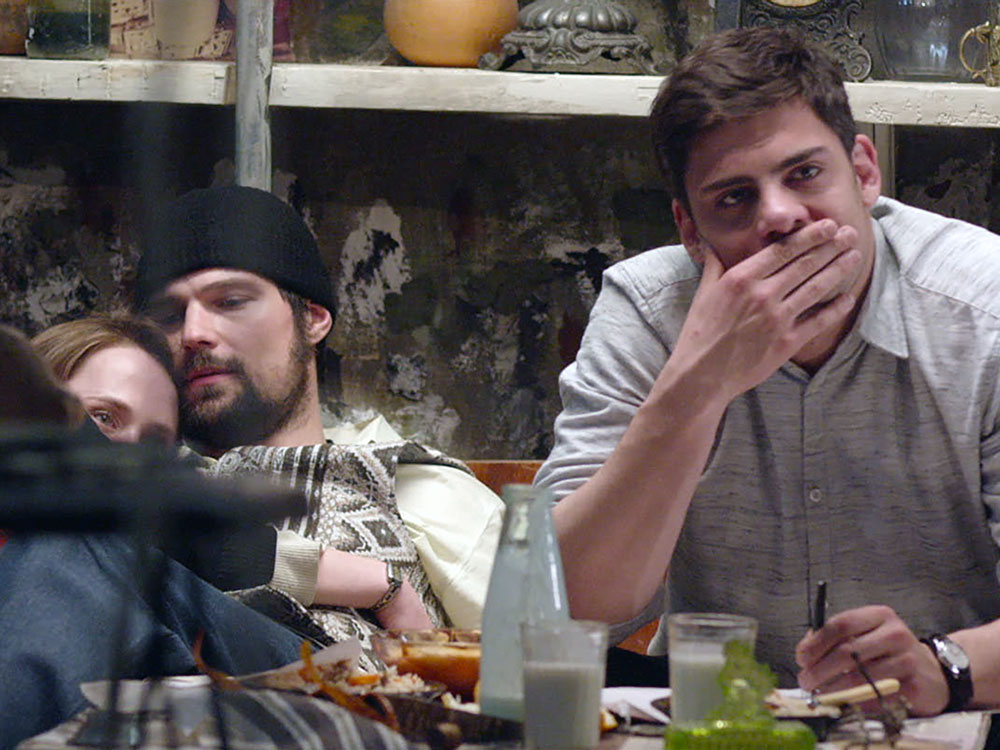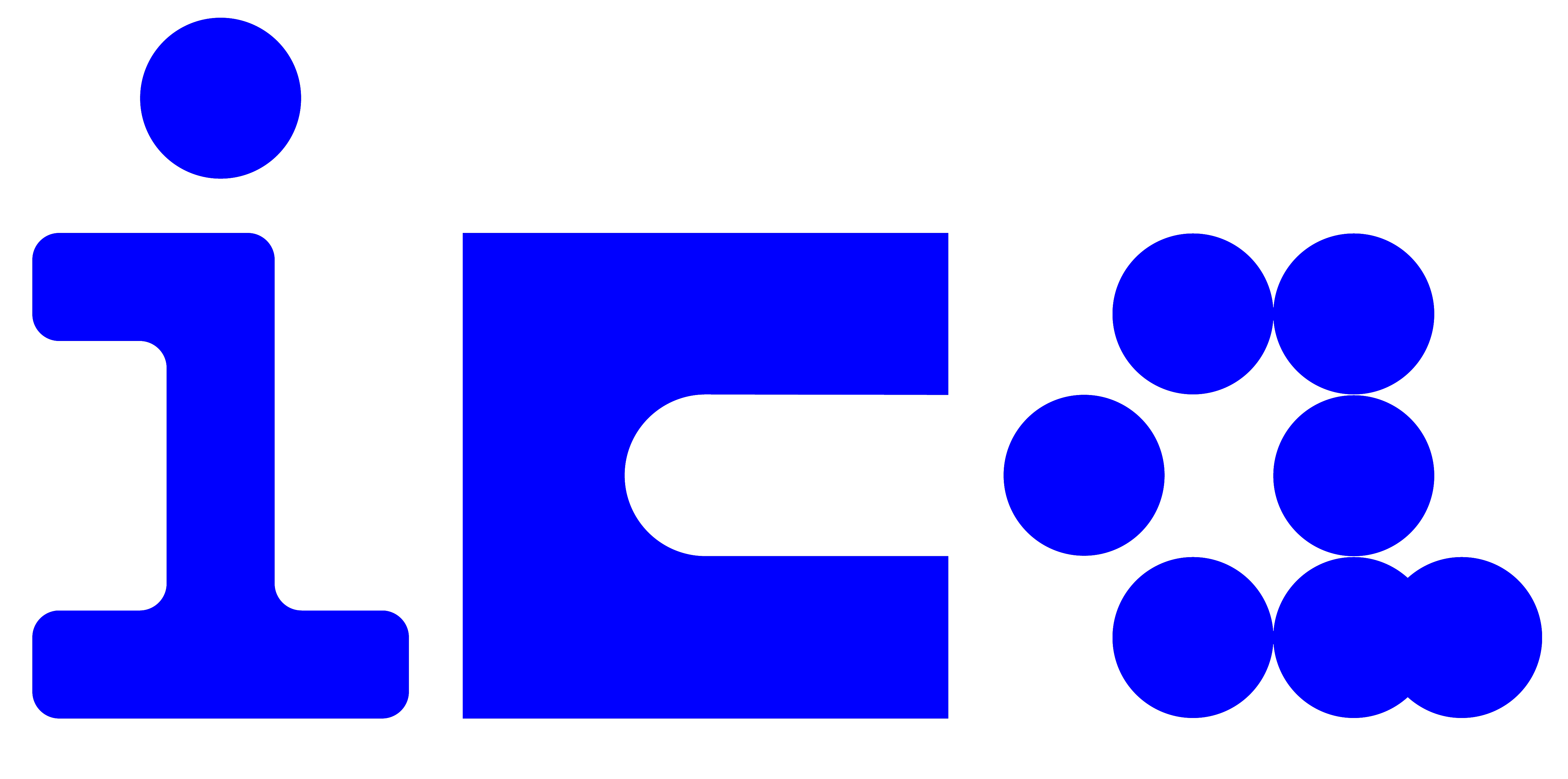Murat Adash is an artist and researcher working across live performance, moving image, sound, installation and writing. Through a performance- and movement-based practice, Murat creates choreographies in a range of media that seek to explore the ephemeral nature of physical boundaries – particularly regarding the dynamic edges between bodies and the spaces in which they come together. Beyond the idea of animal or insect mimicry, Murat has been developing a performative research body that rethinks the phenomenon of camouflage as a spatial act, a process through which the self is negotiated in and through space – processes that are intrinsic to choreography as well.
Edwina Ashton is an artist whose practice includes animation, performance, drawing, sculpture and installation. Renowned for her interest in animals, zoology and our perceptions of nature, she uses invented creatures to explore awkward sensations and social relations.
soap bubble is a complex mathematical problem. It is an extremely thin film of soapy water enclosing air that forms a hollow sphere with an iridescent surface. Soap bubbles usually last for only a few seconds before bursting, either on their own or on contact with another object. They are often used for childrens’ enjoyment, but they are also used in artistic performances. Assembling several bubbles results in foam.
D. Graham Burnett is based in New York City. He trained in the History and Philosophy of Science at Cambridge, and works at the intersection of historical inquiry and artistic practice. Recent projects include:: Twelve Theses on Attention (Princeton, 2022) with Stevie Knauss and the Friends of Attention, with whom he often collaborates; and In Search of the Third Bird (Strange Attractor, 2021), an ESTAR(SER) publication.
Ofri Cnaani is an artist, currently living in London. She works in time-based media, performances, and installations. Cnaani is an associate lecturer at the Visual Cultures Department, Goldsmiths, University of London. Her work has appeared at: Tate Britain, UK; Venice Architecture Biennial; Metropolitan Museum of Art, NYC; Inhotim Institute, Brazil; PS1/MoMA, NYC; BMW Guggenheim Lab, NYC; Kunsthalle Wien, Vienna.
Augusto Corrieri is a writer and performance maker focusing on questions of ecology and perception. His book In Place Of a Show: What Happens Inside Theatres When Nothing Is Happening (2016) is published by Bloomsbury Methuen Drama. He also presents sleight-of-hand magic performances under the pseudonym Vincent Gambini.
Lou Forster was born in Paris in 1988. Since 2010, he has operated as a curator and art historian at the intersection of dance, research and critical theory. He is currently writing his PhD on choreographer Lucinda Childs at the EHESS and is doctoral fellow of the National Institute of Art History. With Lenio Kaklea, they created the platform and co-published Practical Encyclopædia. Detours.
keyon gaskin prefers not to contextualize with their credentials.
Martin Hargreaves is a dramaturg, writer, and performer and his interests vacillate between boredom and hysteria. His research areas connect around performativity and include the recent histories of contemporary dance, queering practices and camp misunderstandings. He is a visiting lecturer at Stockholm University of the Arts and the Director of Research and Postgraduate courses at London Contemporary Dance School.
Vlatka Horvat is an artist working across sculpture, installation, collage, photography and video, as well as writing and performance. Reconfiguring space and social relations at play in it, her projects often rework the precarious relationship between bodies, objects, materials, the built environment and landscape.
Critical Interruptions is a Serbo-Romanian immigrant cooperative, founded by Diana Damian Martin and Bojana Janković. Collectively, they talk, perform, write and think about migration, borders, internationalism and Eastern European identities and diasporic cultures.
Lenio Kaklea is a Greek dancer, choreographer, director and writer based in Paris. Her practice is informed by feminism, psychoanalysis and institutional criticism and investigates intersections between dance and critical theory. Her stage and site specific works have been presented among others at Pompidou Center, Bourse de Commerce-Pinault Collection, Lafayettes Anticipations, Jeu de Paume, ImPulsTanz International festival, Milan Triennale and Athens Festival.
Raised on Giabal and Jarowair land in Toowoomba, ‘Australia’, Sarah Keenan is a Reader in Law at Birkbeck School of Law. Her work sits at the intersection of legal and political thought, geography, feminist theory and postcolonial studies. Her monography Subversive Property: Law and the Production of Spaces of Belonging was published in 2014.
André Lepecki is a Full Professor and Chairperson at the Department of Performance Studies, NYU. He curated festivals and projects for HKW-Berlin, MoMA-Warsaw, MoMA PS1, the Hayward Gallery, Haus der Kunst-Munich, Sydney Biennial 2016, among others. He is the author of Exhausting Dance (published in thirteen languages) and Singularities: dance in the age of performance.
Jason Edward Lewis is a digital media theorist, poet, and software designer. He is the University Research Chair in Computational Media and the Indigenous Future Imaginary as well Professor of Computation Arts at Concordia University. Lewis directs the Initiative for Indigenous Futures, and co-directs the Indigenous Futures Research Centre, the Indigenous Protocol and AI Workshops, the Aboriginal Territories in Cyberspace research network, and the Skins Workshops on Aboriginal Storytelling and Video Game Design.
Raimundas Malašauskas has co-written an opera libretto, co-produced a television show, served as an agent for dOCUMENTA (13), curated oO, the Lithuanian and Cyprus pavilions at the 55th Venice Biennale, and kept occurring under hypnosis.
Tavi Meraud (x/he, x/him) is an artist whose practice most often unfolds between performance and installation, drawing from a wide range of materials, but always developing around questions of thresholds of perception, of articulation and recognition. This way of creating is part of the larger context of x/his research on iridescence. X/he is currently working on a new body of work focused on the idea of “to iridesce,” to come into being through constantly shifting encounters, across sensorial twinkles and affective densities.
Samaneh Moafi is Senior Researcher at Forensic Architecture, Goldsmiths University of London. She provides conceptual oversight across projects and in particular oversees the Centre for Contemporary Nature (CCN), where new investigative techniques are developed for bringing accountability to environmental destruction. She earned her PhD from the Architectural Association (AA) on housing, class and gender in Iran.
Harun Morrison is an artist and writer based on the River Lea and Regent’s Canal. His forthcoming novel The Escape Artist will be published by Book Works in 2023. Harun is currently Designer & Researcher in Residence at V&A Dundee.
Rebecca Moss is an artist based in Essex and East London. Her practice humorously explores an embodied and feminist relationship with landscape, critically examining heroic narratives. Her work takes the form of site-responsive absurdist videos, performances, sculptures and interventions.
Sandra Noeth is a Professor at the Berlin University of the Arts, and an international curator. She specializes in ethical and political perspectives toward body-practice and theory. Her current research focuses questions of bodily integrity and the unequal politics of protection and security of bodies. Publications: Bodies of Evidence: Ethics, Aesthetics, and Politics of Movement (2018, with G. Ertem); Resilient Bodies, Residual Effects: Artistic Articulations of Borders and Collectivity in Lebanon and Palestine (2019).
Lara Pawson is a writer based in London. Her latest book is This Is the Place to Be, a fragmentary memoir. She is currently working on her third book, a hybrid work inspired by objects. Formerly, she worked as a journalist for the BBC World Service in Angola, Ivory Coast and Mali. Her writing has been published widely.
Daniela Perazzo is a dance and performance theorist whose research interrogates the intersections of the aesthetic and the political in contemporary choreography. Her writing has appeared in Performance Philosophy, Dance Research Journal, Performance Research, Choreographic Practices and Contemporary Theatre Review, among other publications. Her monograph Jonathan Burrows: Towards a Minor Dance was published by Palgrave in 2019. She is Senior Lecturer in Dance at Kingston University London and a longtime collaborator of Triennale Milano Teatro.
Stamatia Portanova is a Research Fellow at the Università di Napoli “L’Orientale”. Her research focuses on digital culture and philosophy. She is the author of Moving without a Body: Digital Philosophy and Choreographic Thoughts (MIT Press), and Whose Time Is It? Asocial Robots, Syncholonialism, and Artificial Chronological Intelligence (Sternberg Press).
Filipa Ramos, PhD, is a Lisbon-born writer and curator whose research looks at human engagement with animals in the context of art. She is Head of Contemporary Art of the city of Porto, Portugal, and Curator of Art Basel Film. She is Lecturer at the Arts Institute of Basel. She curates The Shape of a Circle in the Mind of a Fish with Lucia Pietroiusti for the Serpentine Galleries.
Irit Rogoff is a writer, educator, curator and organizer. She is a Professor of Visual Cultures at Goldsmiths, University of London, a department she founded in 2002. Rogoff works at the meeting ground between contemporary practices, politics and philosophy. She has published on geography and globalisation, participation and epistemic invention in contemporary arts. Her current work is on new practices of knowledge production and their impact on modes of research, under the title of “Becoming Research” (forthcoming).
Florian Roithmayr initially trained as a theatre designer with Herbert Scherreiks in Germany before starting to work with sculpture. He attempts to trace the exchanges and transmissions between materials, between materials and bodies, and between bodies.
Georgia Sagri is an artist. At the centre of her practice lies the exploration of performance as an ever-evolving field within social and visual life, interconnected though distinct from the dialectics of theatre, music and dance. She is the Tenure Professor of Performance at the Athens School of Fine Arts. Her book Stage of Recovery was published by Divided Press in the spring of 2021.
SERAFINE1369 (previously Last Yearz Interesting Negro) is the London-based artist Jamila Johnson-Small. SERAFINE1369 works with dancing as a philosophical undertaking, a political project with ethical psycho-spiritual ramifications for being-in-the-world; dancing as intimate technology and oracular practice.
Edgar Schmitz’ architectures and soundscapes are concerned with developing modes of withdrawal. His work has been the subject of solo presentations at Netwerk Aalst, Himalayas Museum Shanghai, Cooper Gallery Dundee, FormContent London, ICA London, and featured in A.C.A.D.E.M.Y at Vanabbemuseum, No Soul for Sale at Tate Modern, and British Art Show 7. He is currently working on alovestorysomewherearound2046 with Pieternel Vermoortel, Animate Assembly with Verina Gfader, Anke Hennig and Esther Leslie, and the spatial politics of protest architecture with Sophia Hao and Sarah Perks. He is a Reader in Art at Goldsmiths.
Noémie Solomon works as a writer, teacher, dramaturge and curator. She edited the collections DANSE (Presses du réel, 2014 & 2015) and co-curated the performance series Rituals of Care at Gropius Bau (Berlin, 2020). Currently, she teaches choreographic and performance theories at New York University and is director of the Institute for Curatorial Practice in Performance.
Matthias Sperling is an artist, choreographer and performer. His work includes creating performances in theatre, gallery and museum contexts, as well as curatorial work and scientific research collaborations. He is artistic director of Neurolive, an interdisciplinary research project investigating liveness. His choreographic work No-How Generator embodies his artistic research PhD, which he completed in 2022.
Starhawk is an author, activist and teacher, and a prominent voice in modern earth-based spirituality and ecofeminism. She is the author or co-author of thirteen books, including The Spiral Dance: A Rebirth of the Ancient Religion of the Great Goddess, the ecotopian novel The Fifth Sacred Thing, and its sequel City of Refuge. Starhawk is also a permaculture designer and teacher, and director of the Earth Activist Training program, which teaches regenerative design with a grounding in spirit and a focus on activism.
Arkadi Zaides is an Israeli independent choreographer and visual artist of Belorussian origin, currently living in France. He obtained a master’s degree at the AHK Academy of Theater and Dance in Amsterdam (NL). He is currently obtaining his practice-based PhD degree at the Antwerp University and the Royal Conservatoire Antwerp (BE). He is a recipient of numerous prizes, among them a prize for demonstrating engagement in human rights issues, awarded to Zaides by The Emile Zola Chair for Interdisciplinary Human Rights Dialogue (IL).










no. 236848.